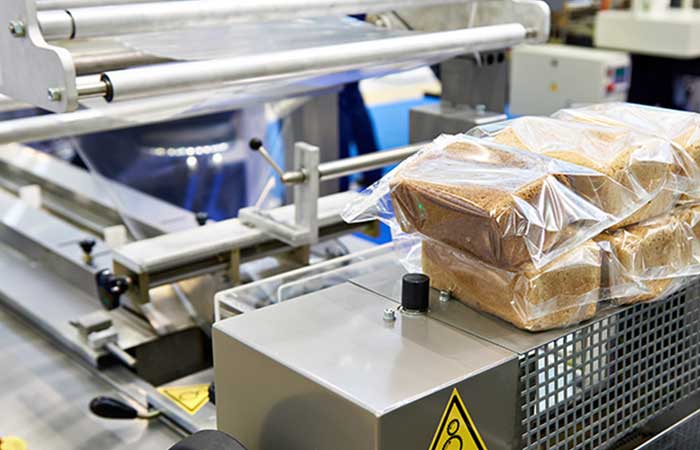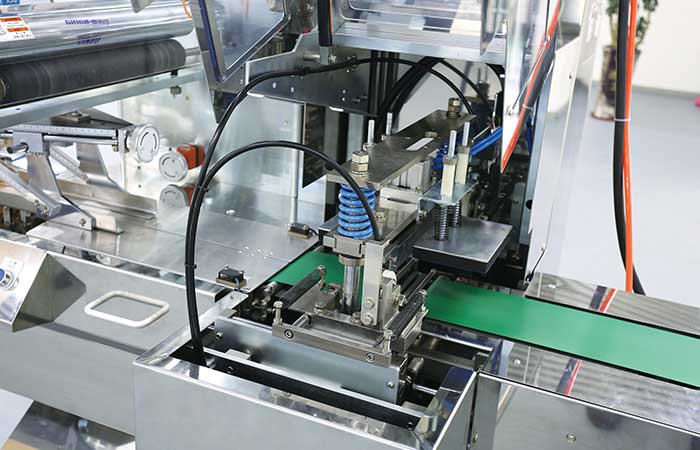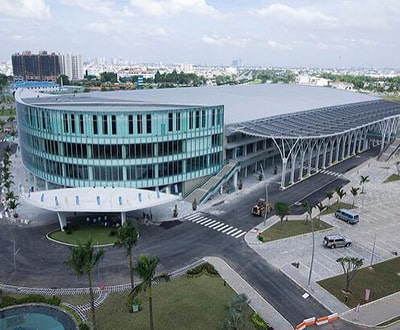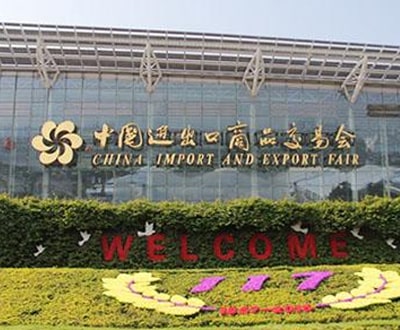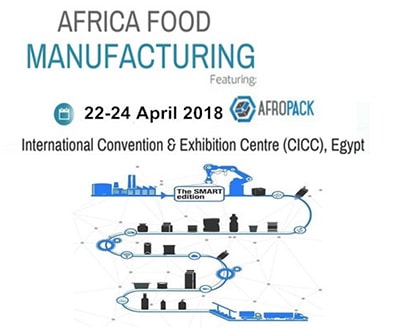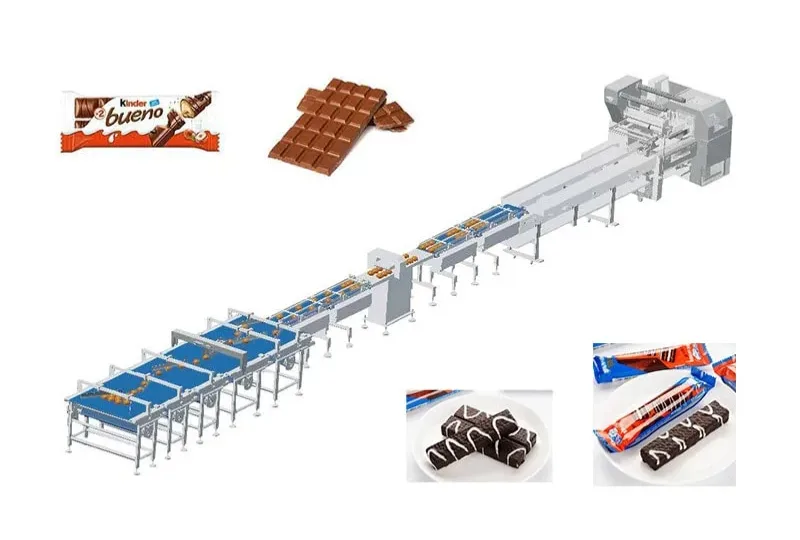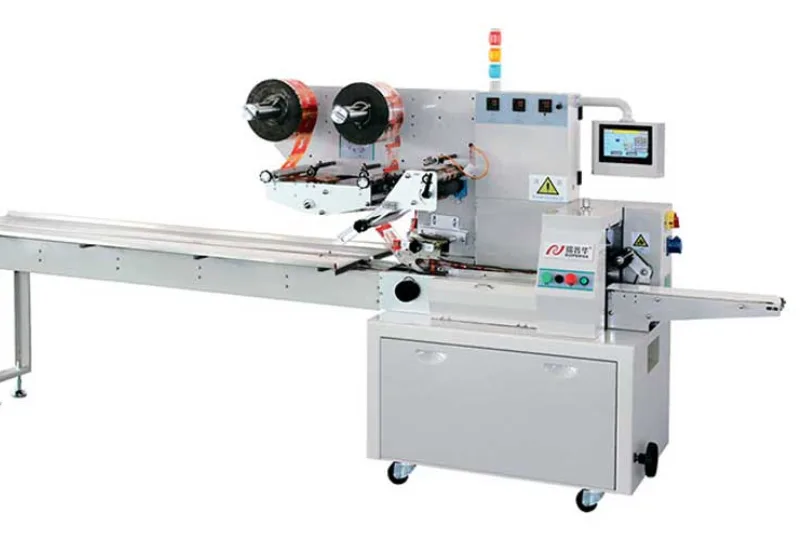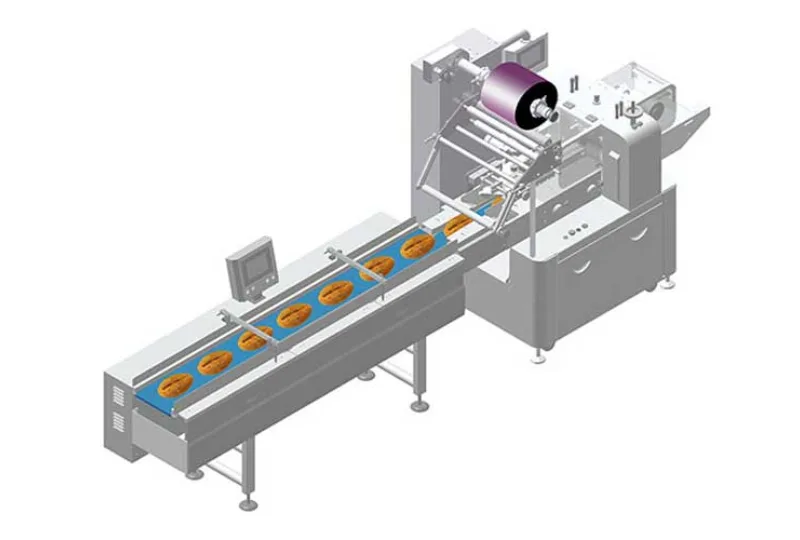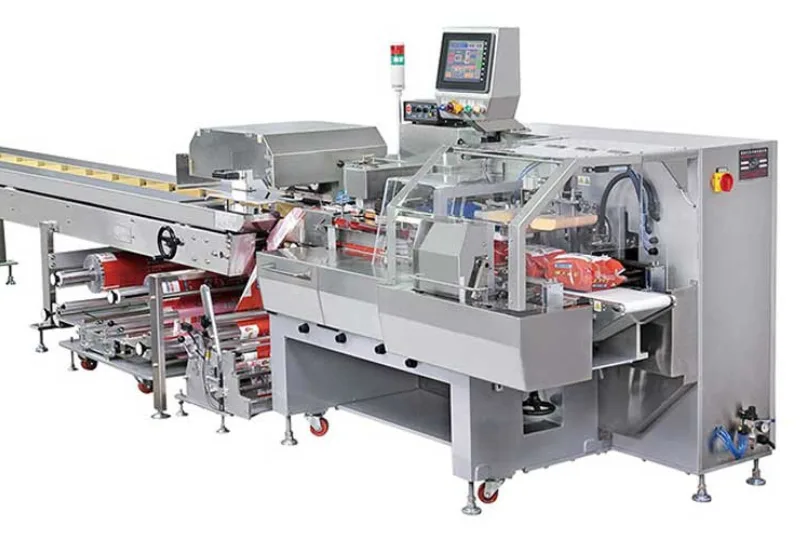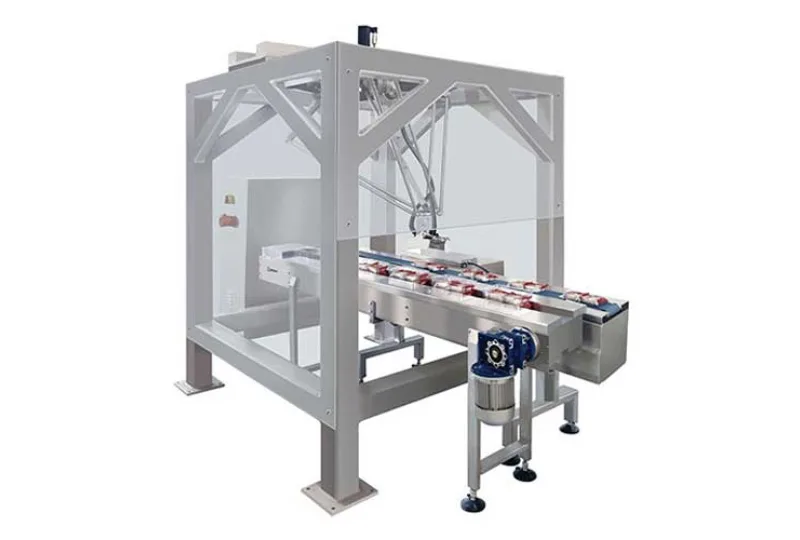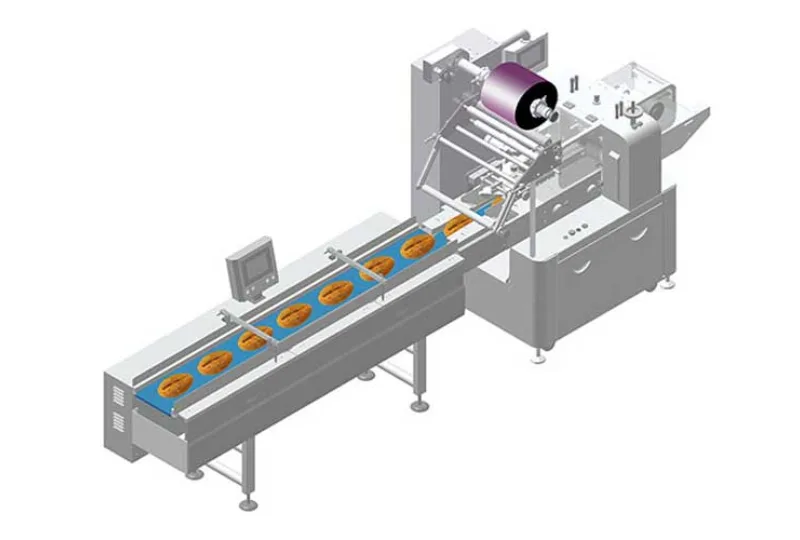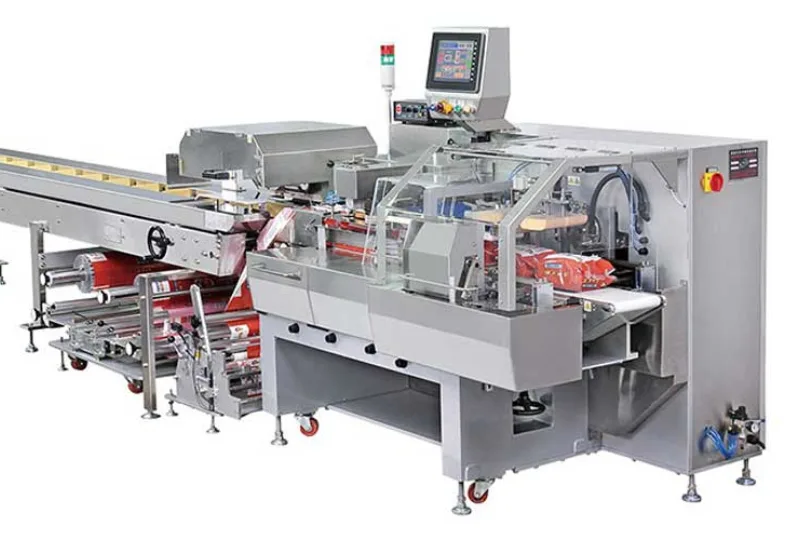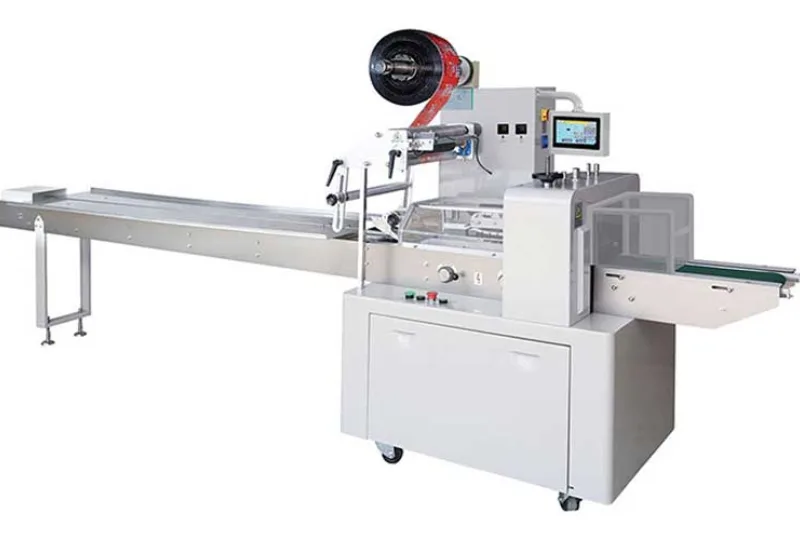The Age of Automation: How Automated Food Packaging Machinery is Transforming the Food Industry
In today’s fast-paced world, the food industry is constantly evolving to meet the growing demand for efficiency and sustainability. One of the key innovations driving this transformation is automated food packaging machinery.
Automated food packaging machinery has revolutionized the way food products are processed, packaged, and distributed. With advanced robotics and AI technologies, these machines can streamline production processes, reduce waste, and enhance food safety standards.
By automating tasks such as sorting, weighing, filling, and sealing, food packaging machinery increases productivity, lowers operational costs, and improves overall product quality. From large-scale food production facilities to small businesses, the adoption of automated packaging solutions has become essential for staying competitive in the market.
One of the major benefits of automated food packaging machinery is its ability to ensure consistency and accuracy in packaging. By eliminating human errors and variability, these machines can package products with precision, reducing the risk of contamination and ensuring that each product meets quality standards.
Moreover, automated packaging machinery offers greater flexibility in packaging design and customization. Whether it’s adjusting portion sizes, labeling products, or accommodating special packaging requirements, these machines can adapt to various packaging needs, allowing food manufacturers to meet the diverse demands of consumers.
With the rise of e-commerce and online grocery shopping, the need for efficient and reliable packaging solutions has never been greater. Automated food packaging machinery plays a crucial role in meeting the challenges of modern supply chains, enabling food companies to package products efficiently, minimize packaging waste, and deliver products to customers in a timely manner.
As technology continues to advance, the future of automated food packaging machinery looks promising. From smart packaging systems that monitor product quality in real-time to sustainable packaging solutions that reduce environmental impact, the evolution of food packaging machinery is driving innovation and sustainability in the food industry.
In conclusion, automated food packaging machinery is not just a tool for improving operational efficiency; it is a catalyst for transforming the food industry. By embracing automation and innovation, food companies can enhance productivity, reduce costs, and meet the evolving needs of consumers in a rapidly changing market landscape.



